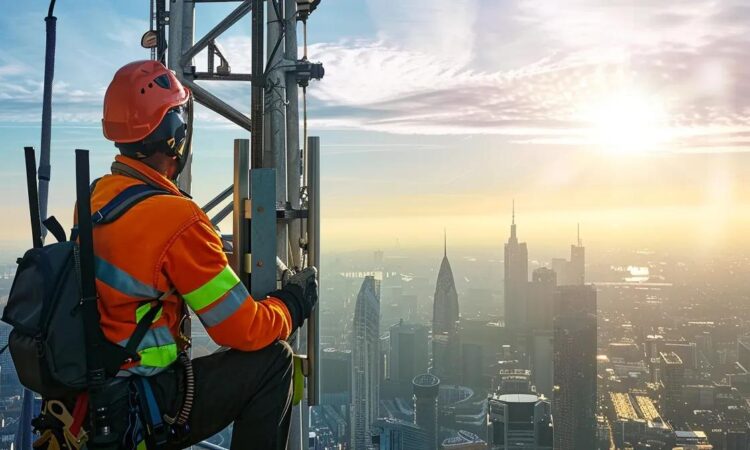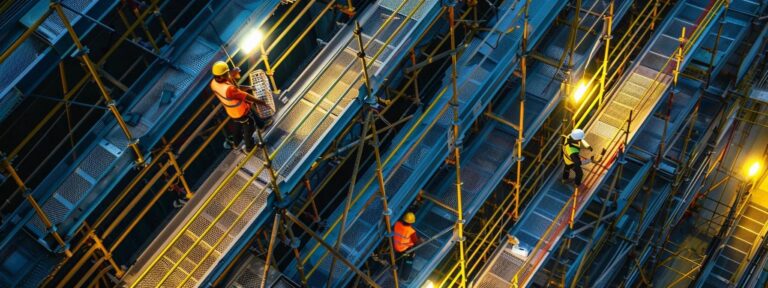Telecommunication Tower Safety Systems: Specialized Fall Protection Solutions
Telecommunication tower safety systems integrate engineered anchor points, lifeline assemblies, and personal protective equipment to prevent fall-related injuries. These fall protection systems adhere to Occupational Safety and Health Administration standards and ANSI Z359 requirements for rigging and rescue. Customized designs-installation strategies address corrosion, radio frequency exposure, and ladder-system integrity across communications towers. Comprehensive risk assessment data guides contractors in choosing guardrail systems, lanyards, harnesses, and shock-absorbing straps.
Key Takeaways
- Engineered anchor points and horizontal lifelines are critical for tower fall arrest.
- Utility and hangar fall protection demands specialized equipment and comprehensive training.
- Regulatory compliance with ANSI, OSHA, and FAA standards underpins safety programs.
- Retrofitting with corrosion‐resistant hardware extends service life and minimizes downtime.
- IoT sensors and VR training are transforming proactive fall prevention strategies.
What anchor types are preferred for tower lifeline installations?
High‐strength welded stainless steel or hot‐dip galvanized anchor plates rated for 5,000 lb are recommended.
How often must telecom tower fall protection systems be inspected?
Annual visual inspections and a full load test every five years ensure continued compliance.
Can drones reduce fall hazard exposures during tower inspections?
Yes, drones capture visual and corrosion data remotely, minimizing the need for initial climber ascent.
Which regulations cover fall arrest in aircraft hangars?
FAA Advisory Circulars, OSHA 1910 Subpart D, and ANSI/ASSE A10.48 govern hangar access and fall protection.
What IoT sensors improve fall protection reliability?
Load‐cell strain gauges and RFID‐enabled harness sensors provide real‐time status on system integrity and user connection.
Specialized fall protection solutions are vital to safeguarding telecom and utility technicians working at height on communication towers and hangars. Implementing engineered anchor systems, horizontal lifelines, and comprehensive training enhances occupational safety while reducing accident rates. Adherence to ANSI, OSHA, and FAA standards ensures regulatory compliance and supports ongoing asset integrity. Integrating real-time monitoring and IoT sensors represents the next frontier in proactive fall prevention.



